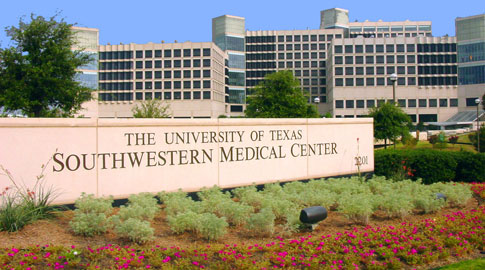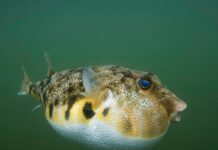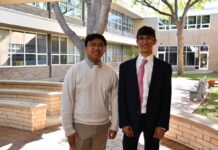Recently, the Jesuit Engineering Society embarked on a field trip to UT Southwestern Medical Center. Club moderator Mrs. Julie Carver and 15 other students toured the labs and interacted with physicians. Biomedical engineering is one of the main components that the Engineering Society attempts to address, so the trip was a great way to explore that particular type of engineering.
For those of you who don’t already know what the engineering society is, Mrs. Carver described it as “a special group that allows students to explore various aspects of engineering, as well as encouraging them to look for positive contributions that they can make to society through engineering solutions.” She emphasized the fact that the group is very dynamic, as members range from some students mainly interested in tinkering to other students considering engineering as a future profession.
At UT Southwestern, students were able to speak with physicians about current research, look at live surgeries, and manipulate an articulated dummy that simulated human responses. They also analyzed how aspects of engineering help physicians diagnose and treat diseases, learning about engineering advancements and the roles they play in the medical world. When the students returned, they presented about the trip to the students who couldn’t make it, because UT Southwestern puts a cap of twenty on the amount of students who can attend each visit.
Mrs. Carver discussed some of the highlights of the trip: “Well, at one point we entered a room where a physician was exposing a rat to hypoxia, or lack of oxygen, to see if they would better recover from a stroke, and instrumentation monitored the dexterity, oxygen conditions, and the brain activity. It was really cool! We also looked at epilepsy and stem cell research, a donor body program and how tissues are preserved and used for research, and got to see 3D printed organs. We also observed and talked to an expert who designed Paralympic prosthetics, which we were recently learning about. He talked to us about facts about the Paralympics as well as the engineering and scientific aspects of prosthetics. Finally, one of my favorites was when the scientists showed us mappings of the brain so they could provide a visual representation of anxiety, stress, tension, sadness, and several other intense emotions. It was all really cool!”

Carver and the other students had a discussion about engineering technologies of the future, such as the Japanese-born electronic skin, and the prosthetics that connect nerves, enabling the user to feel. Recalling the discussion, Carver brought up another aspect that she said that the students enjoyed the most, explaining that they “got to see one of those super suits that you used to see in cartoons—it was like something out of G.I. Joe. They called it the “Hulk Suit,” and basically what it does is that it doubles the strength of the person sitting in it. I thought that was really cool, and the students loved that part as well.”
Overall, Ms. Carver said that the trip went tremendously well and was one of, if not the best trip that they had ever had thus far. She plans on doing it biannually “forever,” and hopes to increase its size in the future!






